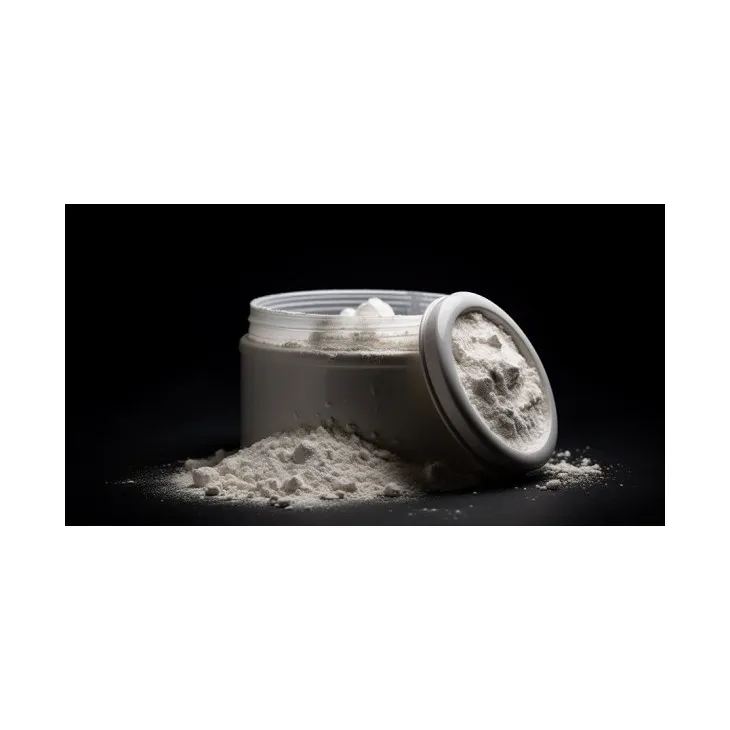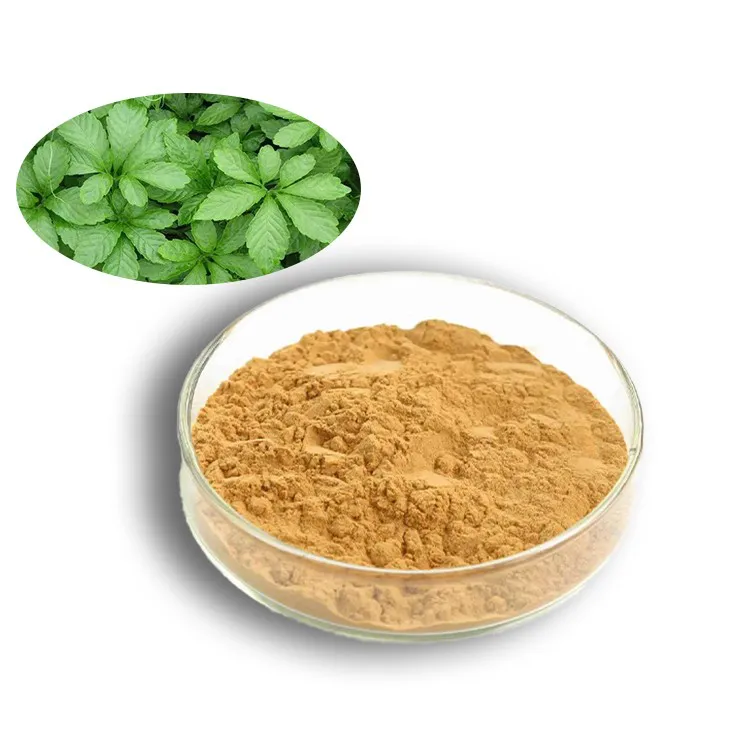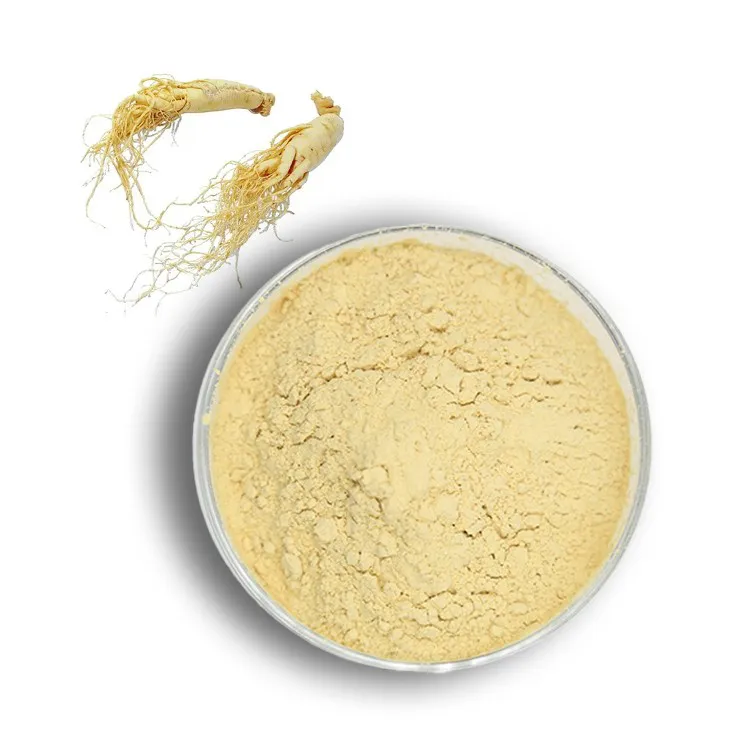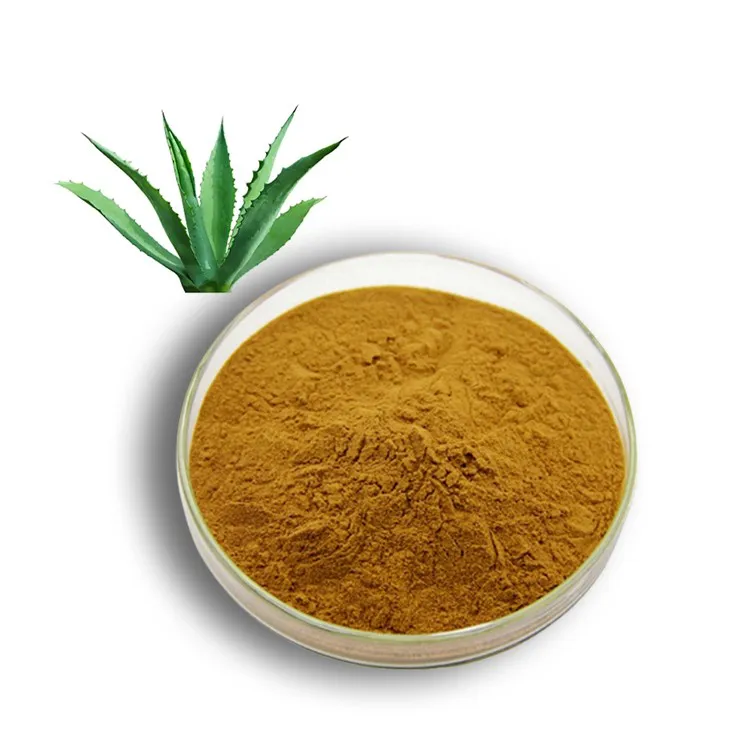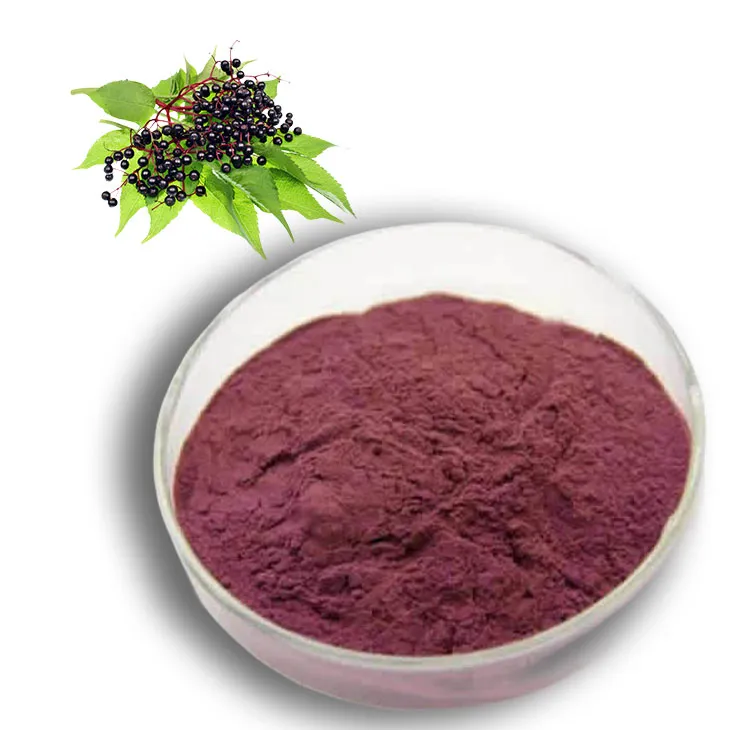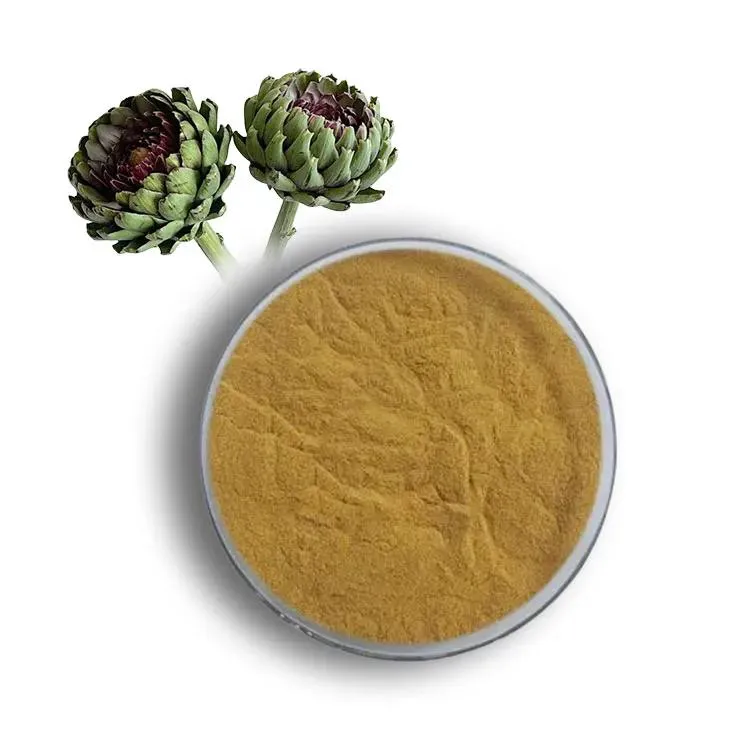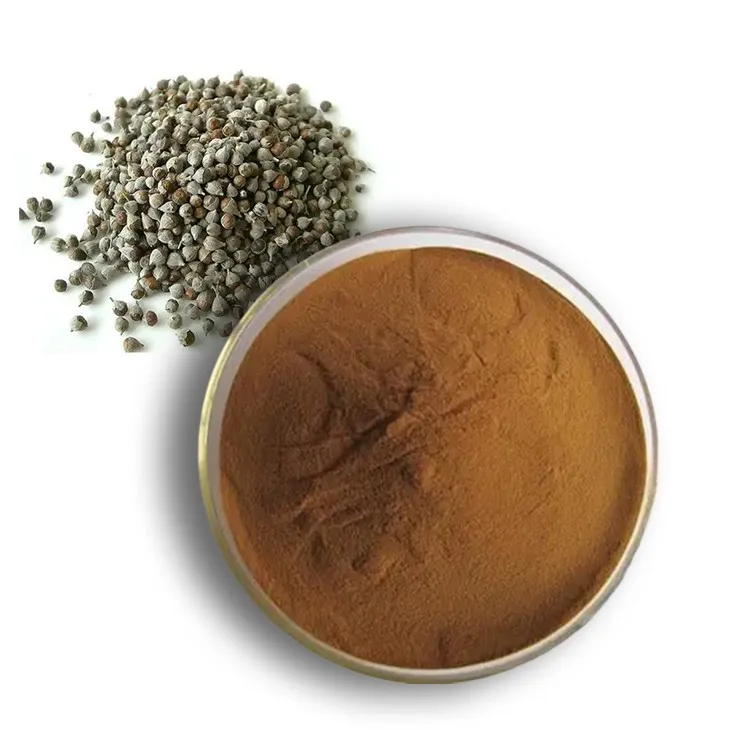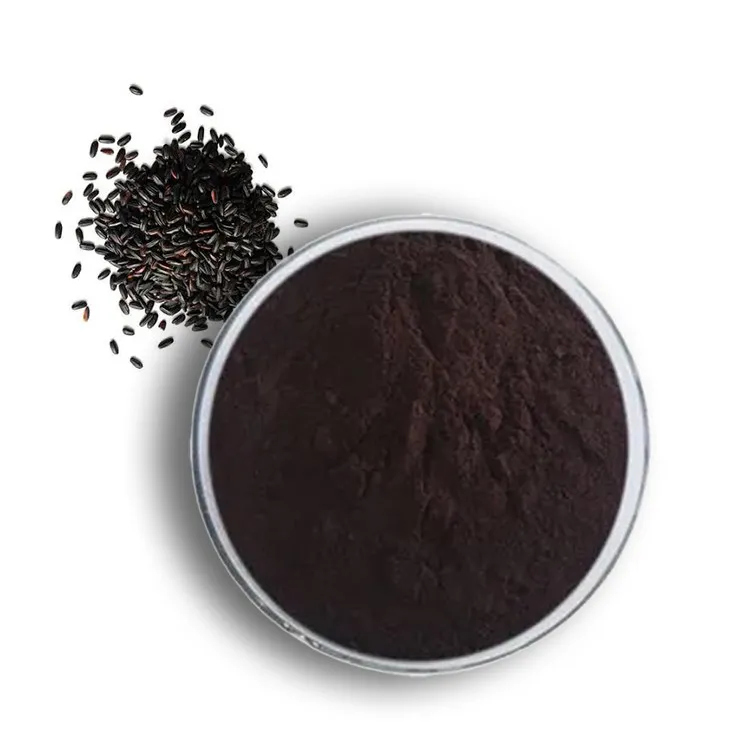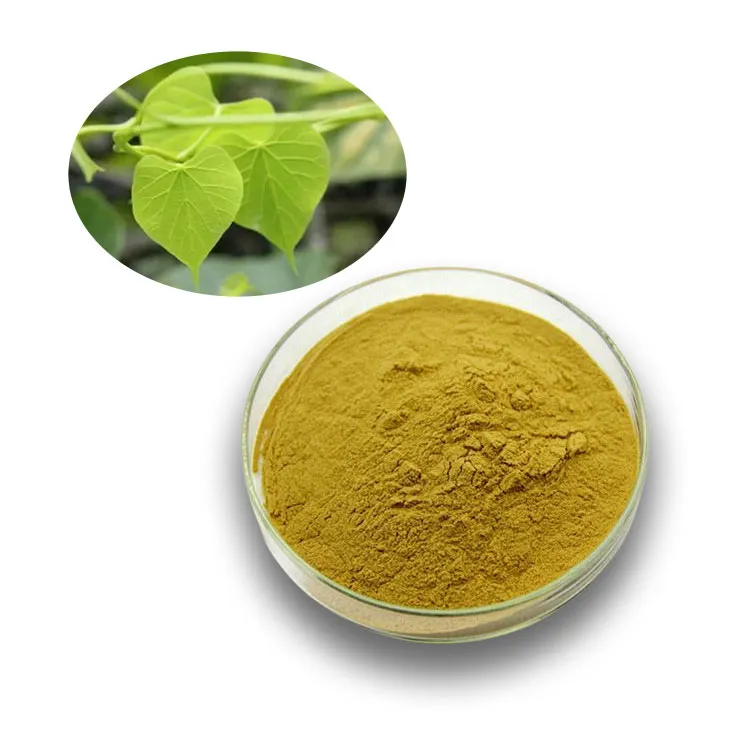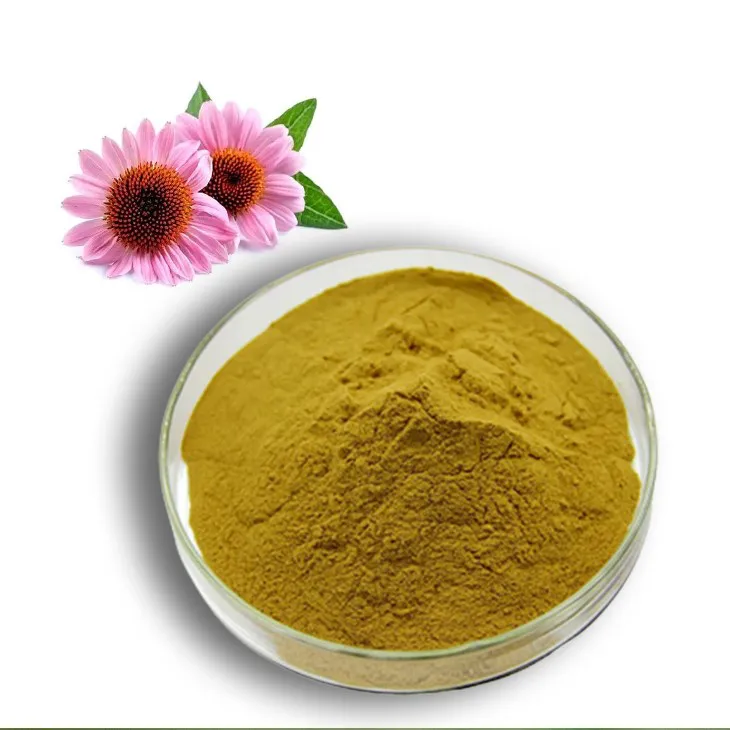- 0086-571-85302990
- sales@greenskybio.com
Enjoying Cold Grape Leaves: Culinary Delights and Health Benefits
2025-08-24
Grape leaves, known for their tender texture and slightly tangy flavor, are a staple in various cuisines around the world. Often used to wrap a variety of fillings, they are essential in dishes like dolmas, a traditional fare in Mediterranean and Middle Eastern countries. While grape leaves are typically served hot or warm, many health enthusiasts and culinary adventurers inquire about consuming grape leaves cold. This article explores the culinary potential and nutritional benefits of eating cold grape leaves, providing insights into how they can be prepared, served, and enjoyed.
Understanding Grape Leaves: A Culinary Treasure
Grape leaves have been used for centuries in culinary traditions across Mediterranean, Middle Eastern, and even Eastern European regions. They are most notably recognized as the key component in dolmas or stuffed grape leaves, where they are wrapped around fillings consisting of rice, herbs, and occasionally meats. With their distinct flavor and ability to maintain structural integrity, grape leaves are cherished for their multifaceted applications in both cooking and presentation.
Harvested from grapevines, grape leaves are typically blanched or pickled before use, softening their structure and enhancing flavor. This preparation allows them to be both durable enough to wrap ingredients and tender enough to be enjoyed.
Cold Grape Leaves: Culinary Applications
Cold grape leaves offer a unique sensory experience as they deliver a refreshing flavor profile compared to their heated counterparts. Consuming grape leaves cold can be enjoyable and beneficial, especially during hot weather, where lighter and cooler dishes are preferred.
Serving Cold Dolmas: Although typically served warm or at room temperature, dolmas can be refrigerated and served cold, making them appealing as a fresh appetizer or snack. When enjoyed cold, the flavors meld and become accentuated, offering a delightful palate experience. The cooled dolmas maintain their texture, while the acidity and herbal components in the filling can become more pronounced.
Salads and Cold Wraps: Cold grape leaves can be introduced as salad components, where they provide texture and flavor contrasts to fresh vegetables and grains. Additionally, they can be utilized in cold wraps, enhancing the dish's complexity and providing a nutritious wrapping alternative to bread or tortillas.
Grape Leaf Sushi-style Rolls: For a creative twist, grape leaves can function similarly to nori sheets in sushi preparations. Wrap them around cooled rice and fresh vegetables or seafood to generate aromatic and refreshing rolls, perfect for serving as cold appetizers.
The Health Benefits of Grape Leaves
Beyond their culinary versatility, grape leaves are a source of nutrition, offering several health benefits that contribute positively to a balanced diet.
Low in Calories: Grape leaves are low-calorie food, providing essential nutrients without substantial caloric intake. This makes them an excellent choice for weight-conscious individuals or those seeking to maintain a balanced diet.
Rich in Vitamins and Minerals: These leaves provide vitamins like A, K, and C, along with minerals such as calcium, magnesium, and iron. These nutrients support bone health, immune function, and overall vitality.
High in Antioxidants: Like many leafy greens, grape leaves are packed with antioxidants, which aid in combating oxidative stress and reducing inflammation. The presence of polyphenols in grape leaves contributes to these protective benefits.
Dietary Fiber: Grape leaves contain dietary fiber, which is crucial for digestive health and can assist in regulating blood sugar levels and lowering cholesterol.
Preparing Grape Leaves for Cold Consumption
To make grape leaves naturally appealing when served cold, proper preparation is needed to ensure optimal flavor and texture.
Selection and Storage: Fresh grape leaves should be vibrant green and free from blemishes. If unavailable, preserved grape leaves can be bought from grocery stores, typically found bottled in brine. Ensure they are rinsed to remove excess salt before use.
Blanching: If using fresh grape leaves, blanch them briefly in boiling water until they become pliable. This process reduces bitterness and enhances overall palatability.
Cooling Process: For dolmas or dishes intended to be consumed cold, allow the grape leaves and their fillings to cool to room temperature post-cooking before refrigeration. This preserves flavor and prevents texture degradation.
Storage Tips: Store prepared dolmas or cold grape leaf preparations in airtight containers within the refrigerator for optimal freshness. They can be kept for up to several days, allowing flavors to meld while maintaining quality.
Creative Serving Suggestions
Cold grape leaves can be incorporated innovatively into meals and gatherings. Here are some ideas to enhance their appeal:
Antipasto Platter: Include cold dolmas or grape leaf rolls alongside meats, cheeses, olives, and roasted vegetables for a Mediterranean-inspired antipasto platter perfect for entertaining guests.
Salad Toppers: Slice cold grape leaves and use them as salad toppers to bring unique flavor and texture profiles to fresh green or grain salads.
Picnic Delights: Packed into portable containers, cold grape leaves serve as refreshing and nutritious choices in picnic boxes or lunch-dates outdoors.
Potential Considerations
While cold grape leaves provide excellent culinary variety and health benefits, those with grape allergies should exercise caution and consume them under supervision. Additionally, preserved grape leaves can be high in sodium; thus, rinsing them thoroughly before use is essential to reduce excess salt.
Conclusion: Embrace the Refreshing Experience
Cold grape leaves offer a refreshing alternative to traditional serving methods, inviting culinary exploration and enjoyment, especially during warm seasons. Their culinary versatility and nutritional benefits make them a valuable addition to various cuisines. By exploring innovative ways to incorporate grape leaves into cold dishes, individuals not only expand their culinary repertoire but also foster appreciation for the diverse applications of this remarkable ingredient. Whether served cold in dolmas, salads, wraps, or unique rolls, grape leaves are sure to provide an intriguing and rewarding culinary experience.
Green Sky Bio provides the best extracts and supplements. It is a Chinese self-developed brand that is trustworthy! Welcome to email us to inquire about our products.
- ▶ Hesperidin
- ▶ Citrus Bioflavonoids
- ▶ Plant Extract
- ▶ lycopene
- ▶ Diosmin
- ▶ Grape seed extract
- ▶ Sea buckthorn Juice Powder
- ▶ Fruit Juice Powder
- ▶ Hops Extract
- ▶ Artichoke Extract
- ▶ Mushroom extract
- ▶ Astaxanthin
- ▶ Green Tea Extract
- ▶ Curcumin
- ▶ Horse Chestnut Extract
- ▶ Other Product
- ▶ Boswellia Serrata Extract
- ▶ Resveratrol
- ▶ Marigold Extract
- ▶ Grape Leaf Extract
- ▶ New Product
- ▶ Aminolevulinic acid
- ▶ Cranberry Extract
- ▶ Red Yeast Rice
- ▶ Red Wine Extract
-
Aminolevulinic acid
2025-08-24
-
Gynostemma pentaphyllum extract
2025-08-24
-
Ginseng Root Extract
2025-08-24
-
Aguaje Extract
2025-08-24
-
Elderberry Extract
2025-08-24
-
Artichoke Extract
2025-08-24
-
Chaste Berry Extract
2025-08-24
-
Black Rice Extract
2025-08-24
-
Tinospora cordifolia extract
2025-08-24
-
Echinacea Extract
2025-08-24











